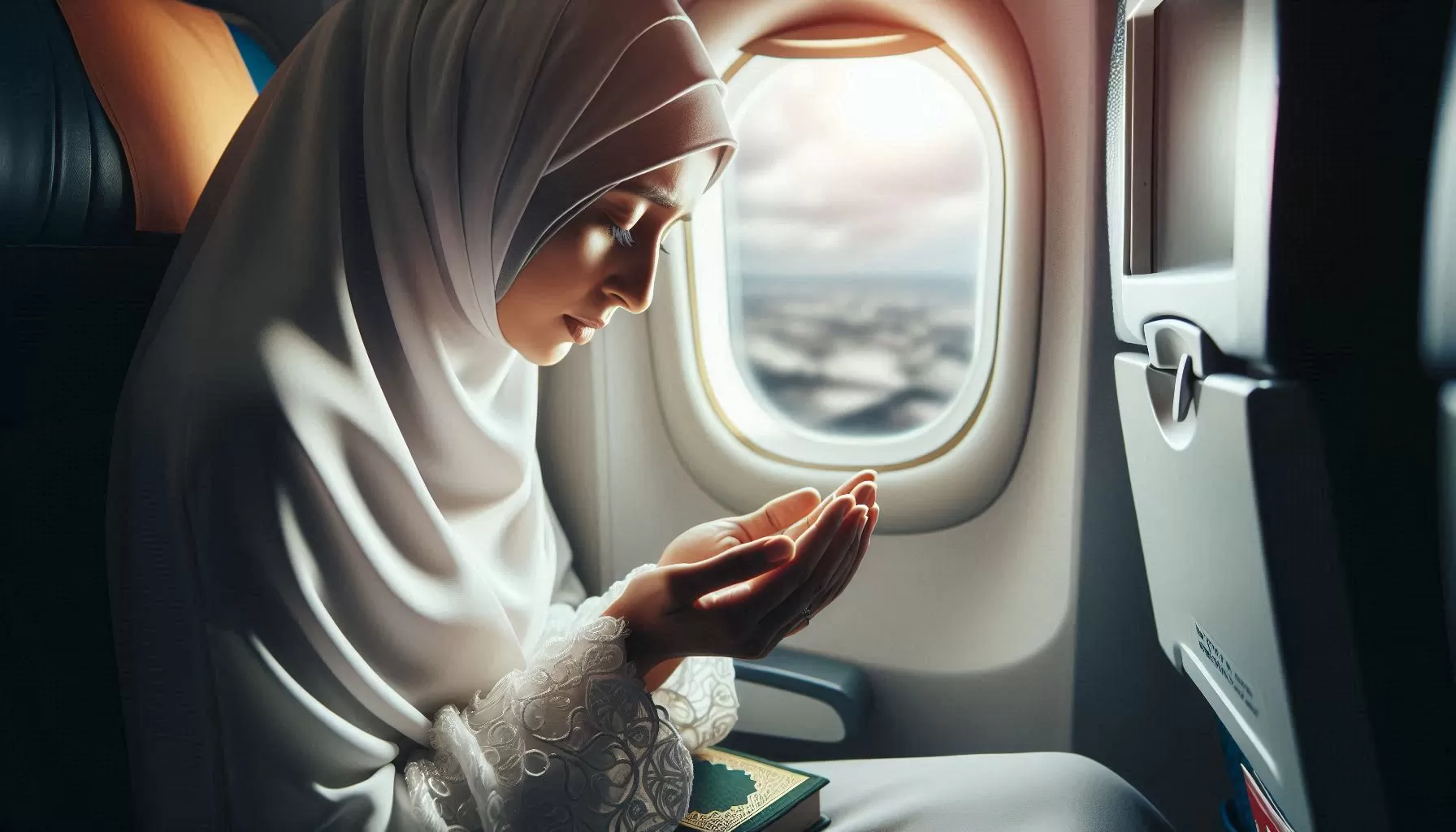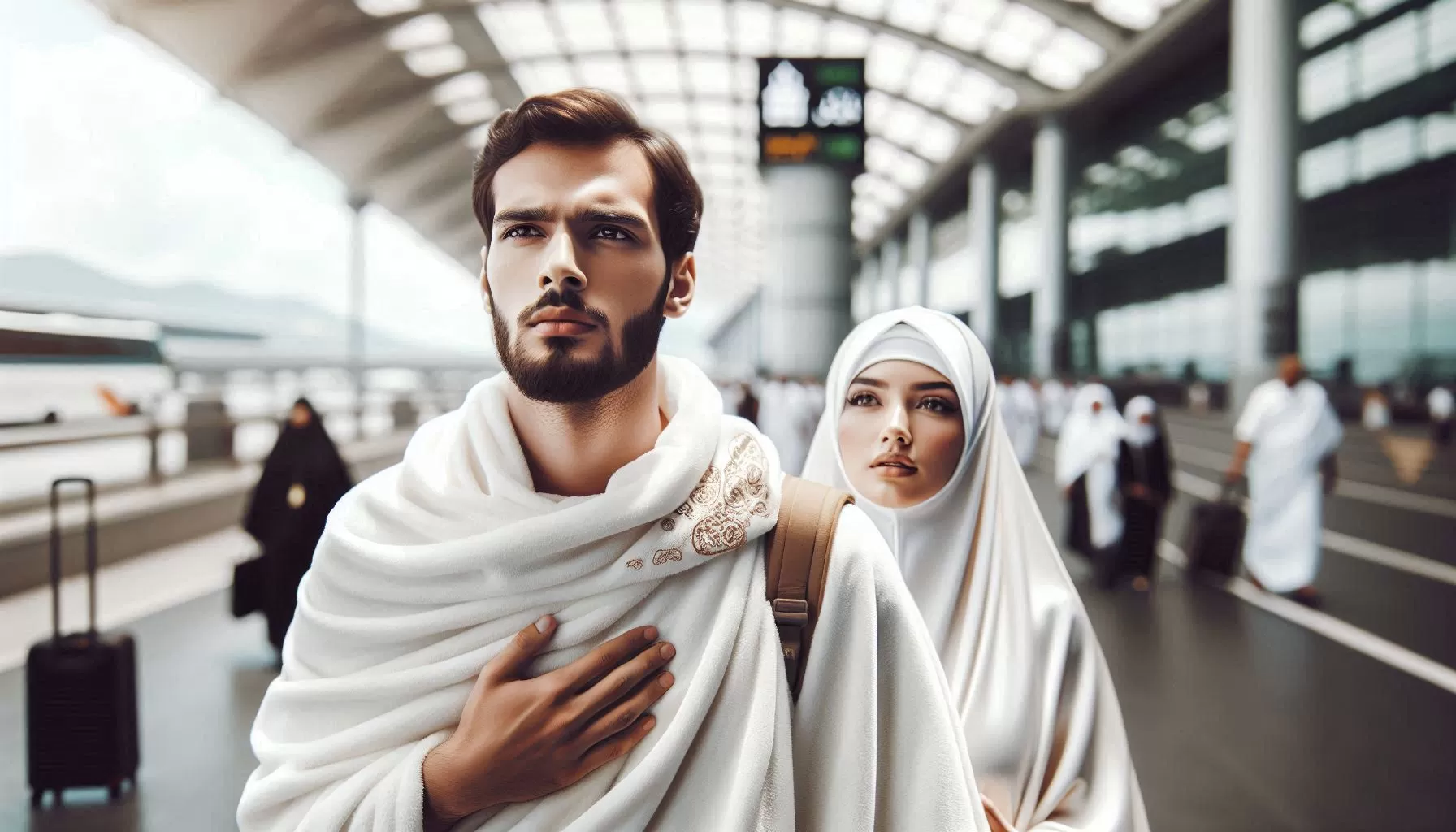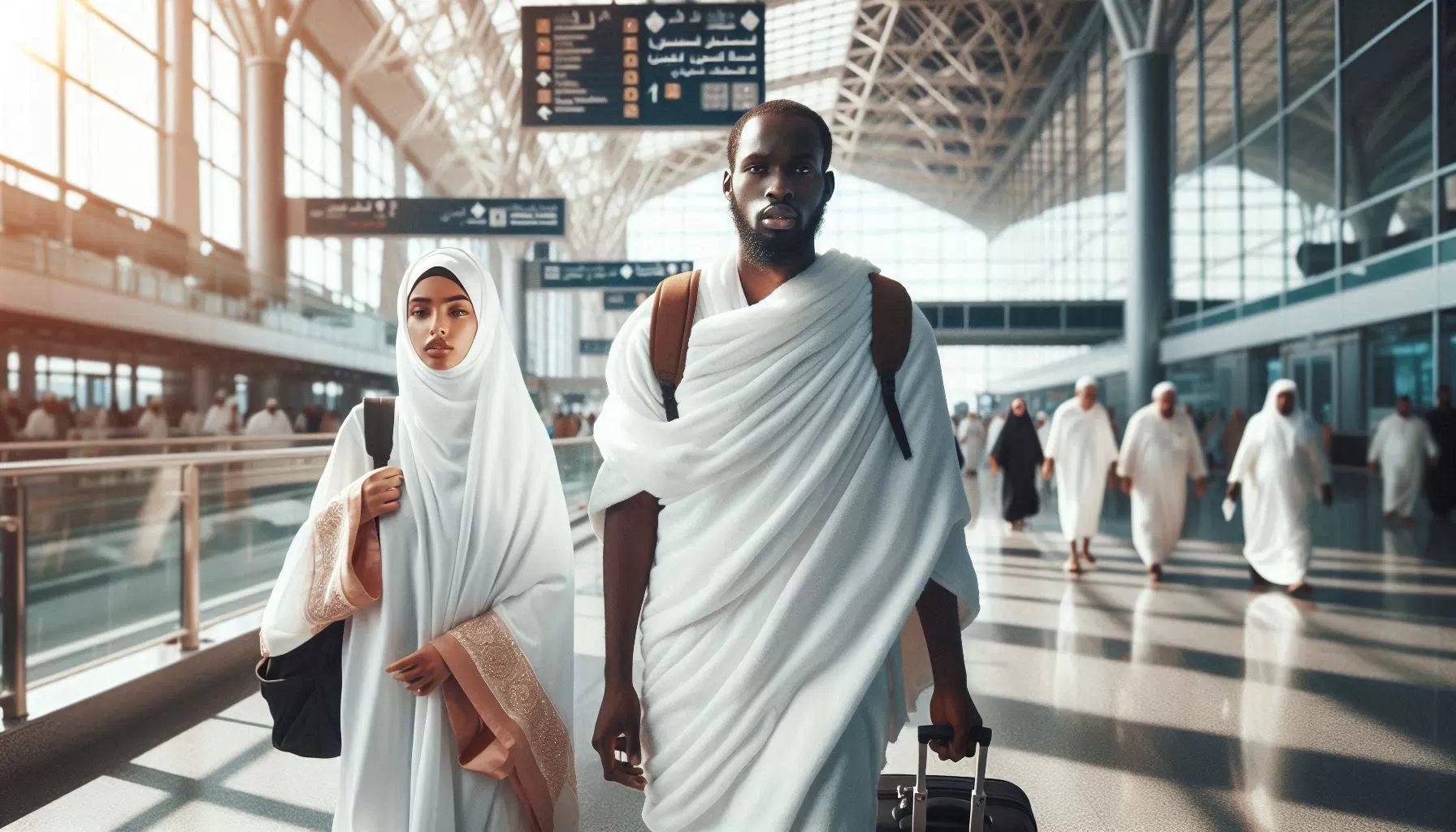Stay Safe: Heat Protection Guidelines for Hajj 2025 Pilgrims

Hajj 2025 Heat Safety Guide: How to Protect Yourself from Extreme Heat & Heat Stroke
“Strong Worship Begins with a Safe Body – Protect Yourself from the Heat”
Hajj 2025 is expected to take place from June 4 to June 9, 2025. Millions of Muslims from all over the world will travel to Makkah to fulfill this sacred pillar of Islam. But this year’s Hajj comes with a serious warning:
In Hajj 2024, over 1,300 pilgrims died due to extreme heat as temperatures soared above 50°C (122°F). The highest recorded was 51.8°C (125.2°F) inside the Grand Mosque of Makkah.
This reality reminds us that while Hajj is about faith and worship, protecting your health is also an act of worship.
If Allah has blessed you with the strength to reach His House, will you not protect that blessing with care and preparation?
Why Is Heat Safety So Important During Hajj 2025?
Hajj 2025 falls during the summer months in Saudi Arabia’s desert climate. The intense heat can lead to heat stroke, dehydration, and exhaustion, especially during the long rituals across Mina, Arafat, and Muzdalifah.
Hajj is not a race — it is a journey of patience, wisdom, and responsibility.
Smart Heat Safety Tips for Hajj 2025
“Preparation is Protection – Save Yourself, Help Others”
1. Drink Water Regularly
- Drink small amounts of water throughout the day, even if you’re not thirsty.
- Avoid caffeine and energy drinks — they dehydrate you faster.
- Always carry a refillable water bottle.
2. Wear Light & Loose Clothing
- Choose light-colored, cotton, or breathable fabric clothing.
- For men in Ihram, keep clothing loose and avoid thick materials.
- Use an umbrella or hat for shade (when allowed).
3. Use Sunscreen
- Apply sunscreen with SPF 30 or higher to protect exposed skin from sunburn.
- Reapply every few hours, especially after wiping sweat.
4. Rest in Shaded or Air-Conditioned Areas
- Avoid walking in direct sun during peak hours (11 AM – 4 PM).
- Take breaks under tents or inside air-conditioned buildings.
- Don’t rush rituals — pace yourself.
5. Eat Light & Nutritious Meals
- Focus on easy-to-digest foods like fruits, yogurt, and salads.
- Avoid spicy or heavy meals that generate heat in the body.
6. Watch for Signs of Heat Stroke
Symptoms include:
- Dizziness, weakness, confusion
- Dry skin with no sweating
- Headache or rapid heartbeat
- Nausea or fainting
What to Do If Heat Stroke Symptoms Occur
“Quick Action Can Save Lives”
- Move the person to a cooler, shaded area.
- Offer water or rehydration solutions.
- Apply a wet cloth to their head, neck, and arms.
- Use a fan or anything to cool them down.
- Call for medical help immediately if symptoms worsen.
Extra Safety Tips for Elderly & Women
- Rest often between rituals.
- Use a wheelchair if needed.
- Walk in groups for support.
- Always listen to your body — stop if you feel tired.
Final Reflection: Protect Your Health – It’s a Trust from Allah
Hajj is a journey of the soul, but your body is the vehicle that carries you through it.
Are you ready to complete your Hajj not just with patience, but with wisdom and care for yourself and others?
By planning well and staying safe, you can focus on the true purpose of Hajj — worship, connection, and remembrance of Allah.
HashTags: #Hajj2025, #HeatProtection, #PilgrimageSafety, #StayHydrated, #HeatstrokePrevention, #IslamicTravel, #Mecca, #SaudiArabia, #MuslimPilgrimage, #SpiritualJourney




